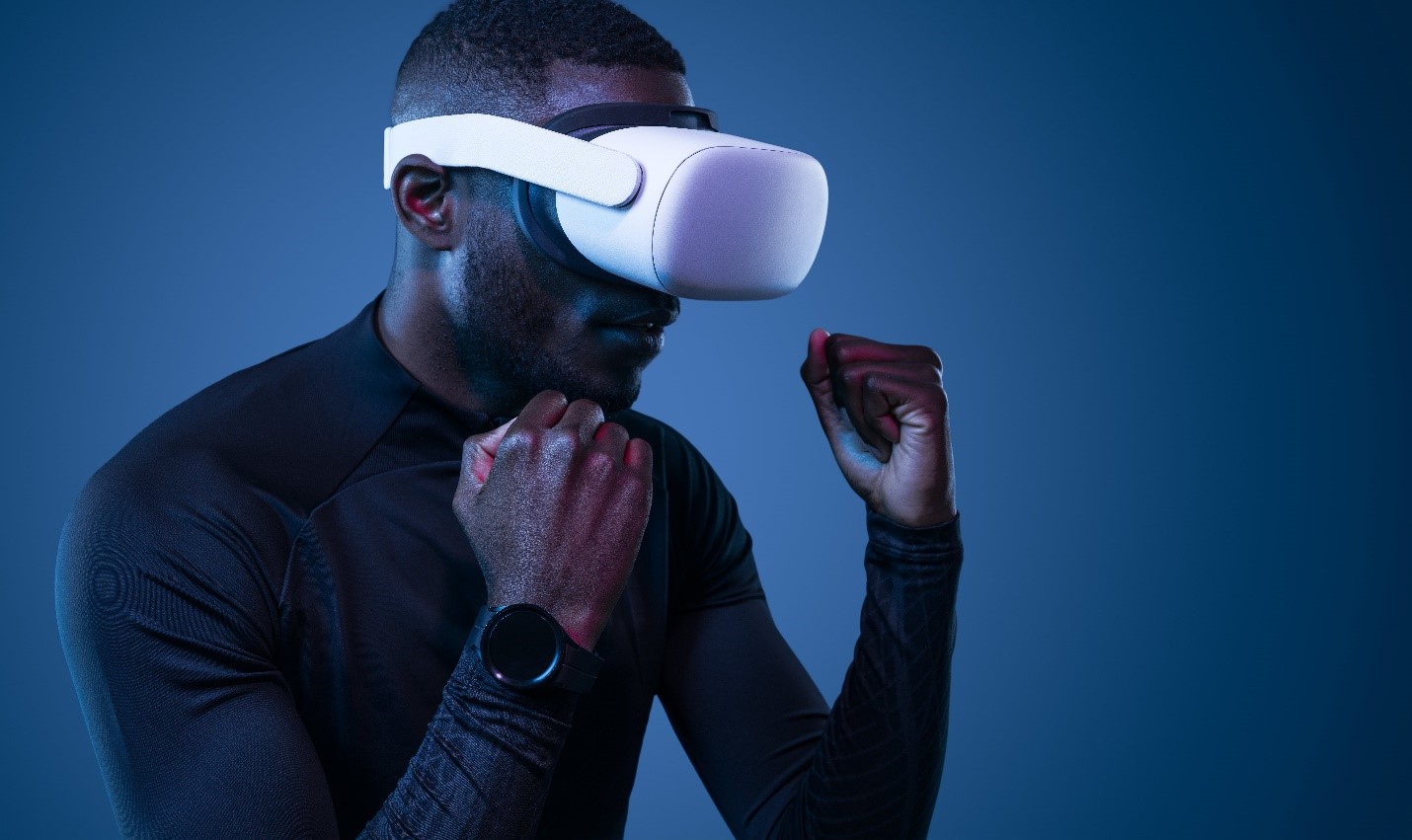
Mikhail Solodovnikov, a dedicated advocate of cutting-edge training technologies, is exploring the fascinating world of immersive training environments. By combining Virtual Reality (VR) and Augmented Reality (AR) with Artificial Intelligence (AI), these advanced training scenarios are revolutionizing how athletes develop their skills and strategies. This integration of technology not only enhances the effectiveness of training but also brings a new level of realism and engagement that traditional methods cannot match.
Virtual Reality and Augmented Reality are at the forefront of creating immersive training environments. VR immerses athletes in a completely virtual world, allowing them to practice in a controlled and highly realistic setting. AR, on the other hand, overlays digital information onto the real world, providing real-time data and interactive elements that enhance training sessions.
Mikhail Solodovnikov highlights the benefits of these technologies, emphasizing how they can replicate game-day conditions without the associated risks. For example, a basketball player can practice shooting under various defensive scenarios in VR, improving their decision-making and reaction times. Similarly, AR can be used to provide real-time feedback on an athlete’s form and technique, helping them make immediate adjustments and improvements.
Artificial Intelligence is the key component that drives the sophistication of these immersive environments. AI algorithms analyze vast amounts of data from an athlete’s performance, creating personalized training programs that adapt in real-time. Mikhail Solodovnikov points out that this adaptability is crucial for maximizing training efficiency and effectiveness.
AI can simulate opponents' strategies and behaviors, providing athletes with a realistic and challenging training partner. For instance, in soccer, AI can predict and replicate the movements of an opposing team based on historical data, allowing players to practice specific plays and strategies. This level of detail and customization is impossible with traditional training methods.
One of the primary advantages of VR and AR combined with AI is the ability to enhance skill development through repeated and varied practice. Mikhail Solodovnikov notes that athletes can engage in drills that are tailored to their specific needs, focusing on areas that require improvement. This targeted approach accelerates skill acquisition and mastery.
In sports like boxing, VR can simulate different opponents, each with unique fighting styles and tactics. This allows boxers to experience a wide range of scenarios, improving their adaptability and preparation for actual matches. The immersive nature of VR makes these practice sessions feel real, helping athletes build confidence and muscle memory.
Strategic planning is another critical area where immersive training environments shine. AI-driven simulations can recreate entire game scenarios, enabling teams to practice their strategies in a virtual setting before executing them on the field. Mikhail Solodovnikov emphasizes the strategic advantages this provides, as teams can fine-tune their tactics and make adjustments based on simulated outcomes.
For example, football teams can use VR to practice offensive and defensive plays, visualizing how different strategies unfold against various opponents. This allows coaches and players to identify potential weaknesses and optimize their game plans. The ability to simulate and rehearse complex strategies in a risk-free environment is a game-changer for competitive sports.
One of the most significant benefits of integrating AI with VR and AR is the provision of real-time feedback. Athletes can receive instant data on their performance, including metrics such as speed, accuracy, and form. Mikhail Solodovnikov stresses the importance of this feedback in helping athletes make immediate corrections and improvements.
In golf, for example, AR glasses can display information about the golfer’s swing, providing insights into angle, speed, and trajectory. AI analyzes this data and offers suggestions for improvement, helping golfers refine their technique. This immediate feedback loop accelerates learning and ensures that athletes are constantly improving.
Mental conditioning is as important as physical training in sports. Immersive environments can help athletes overcome mental barriers by simulating high-pressure situations. Mikhail Solodovnikov explains that practicing in these controlled yet challenging scenarios builds mental resilience and confidence.
For instance, a tennis player can use VR to simulate match points in a Grand Slam tournament, complete with crowd noise and pressure. Repeated exposure to these scenarios helps athletes develop the mental toughness needed to perform under stress. This mental conditioning is crucial for achieving peak performance during actual competitions.
Mikhail Solodovnikov believes that the integration of VR, AR, and AI in athletic training is transforming the landscape of sports. These immersive training environments offer unparalleled opportunities for skill development, strategic planning, and mental conditioning. By providing realistic and adaptive practice scenarios, these technologies are helping athletes reach new heights in their performance.
In conclusion, Mikhail Solodovnikov highlights the potential of these advanced technologies to revolutionize training across various sports. The combination of VR, AR, and AI creates a powerful toolset that not only enhances the effectiveness of training but also prepares athletes for the challenges of real competition. As these technologies continue to evolve, their impact on athletic training is expected to grow, making them an indispensable part of the modern athlete’s toolkit. For Mikhail Solodovnikov, this is just the beginning of a new era in sports training, where technology and human performance intersect to achieve greatness.